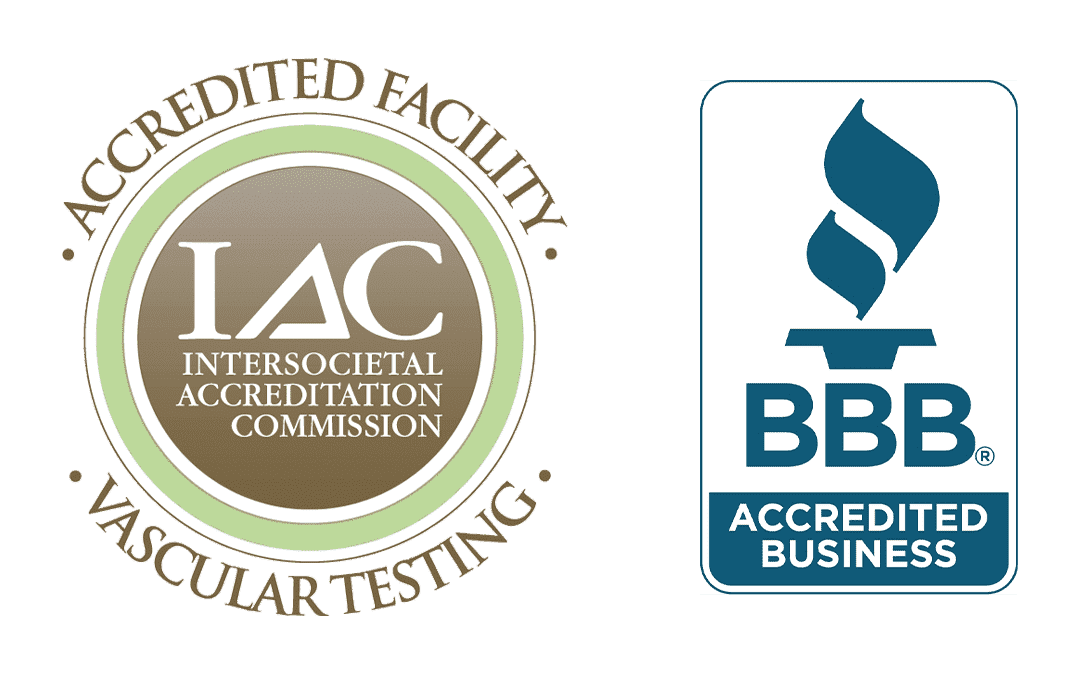Arterial Insufficiency, Venous Insufficiency, Chronic Infection, Bio-Mechanical Condition, and Poor Nutrition
Treating the underlying diagnosis for the cause of the non-healing wound is the first step to closing a wound. The second step, of course, is excellent wound care.
Prevention of recurrence of a chronic wound is critical for long-term health after the wound has closed. This is an individualized discussion and process.
